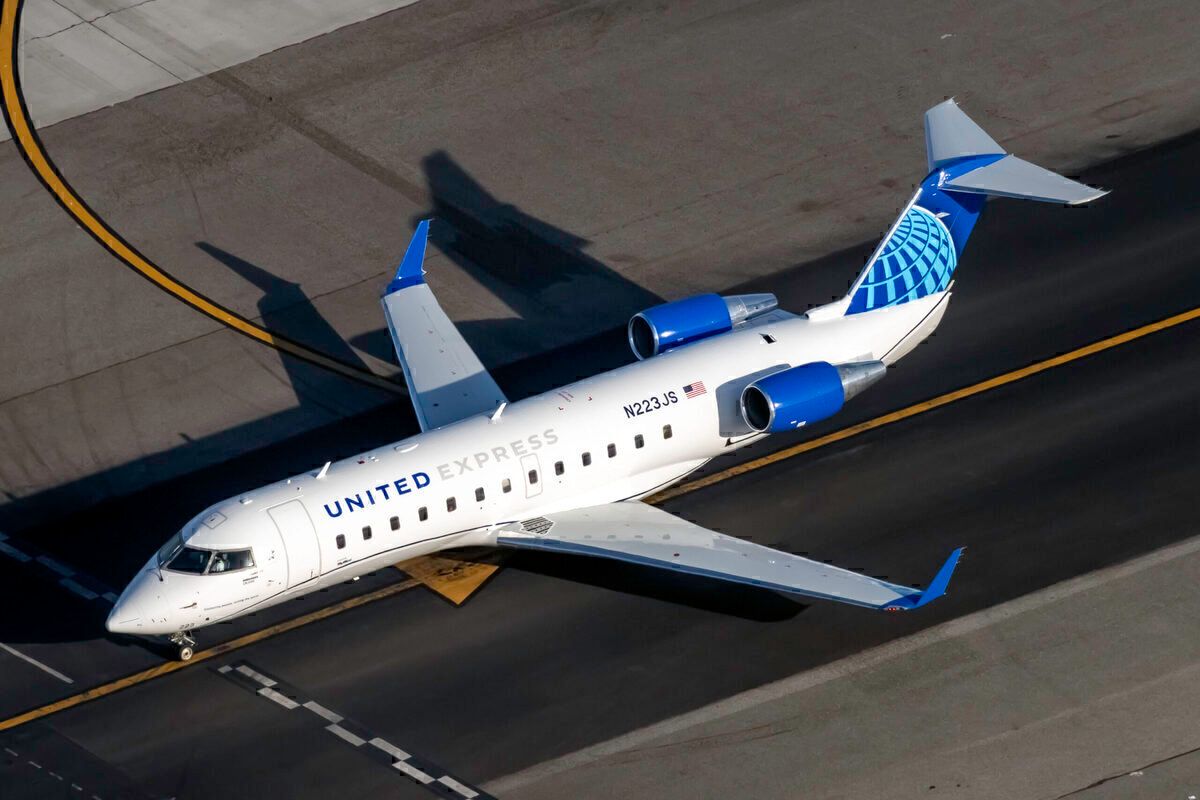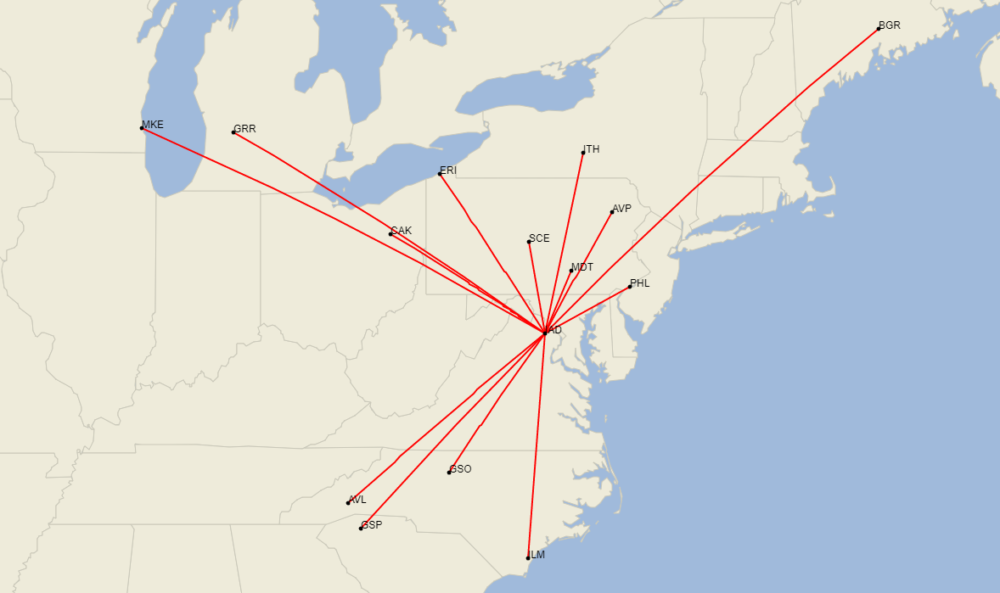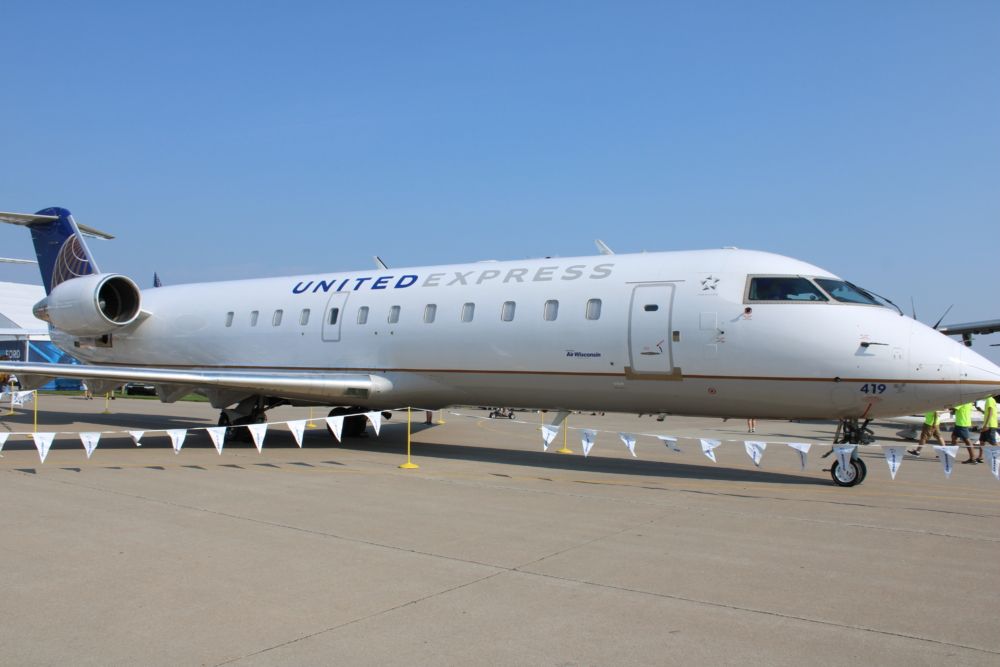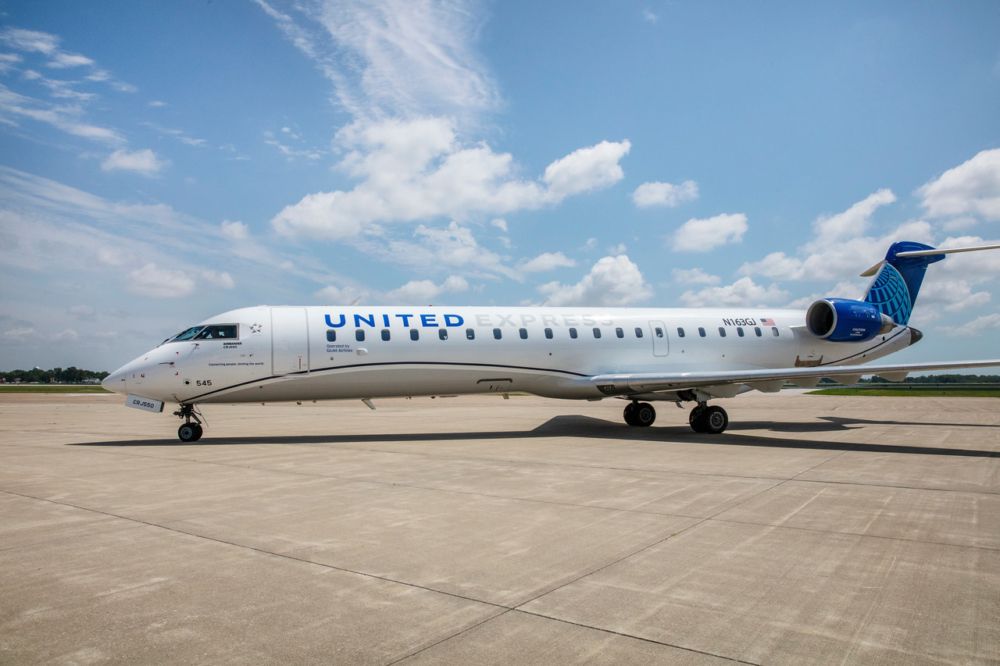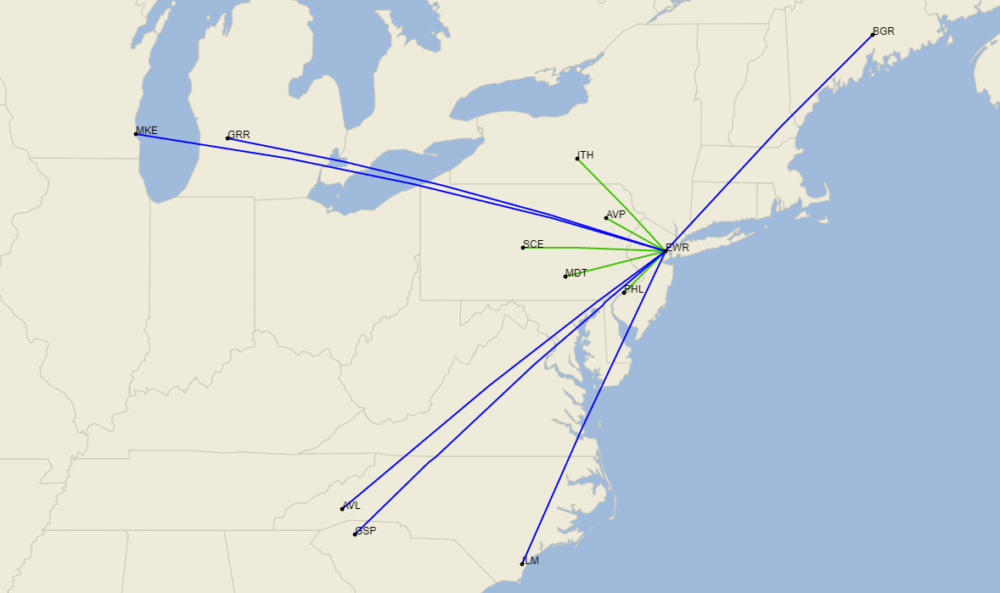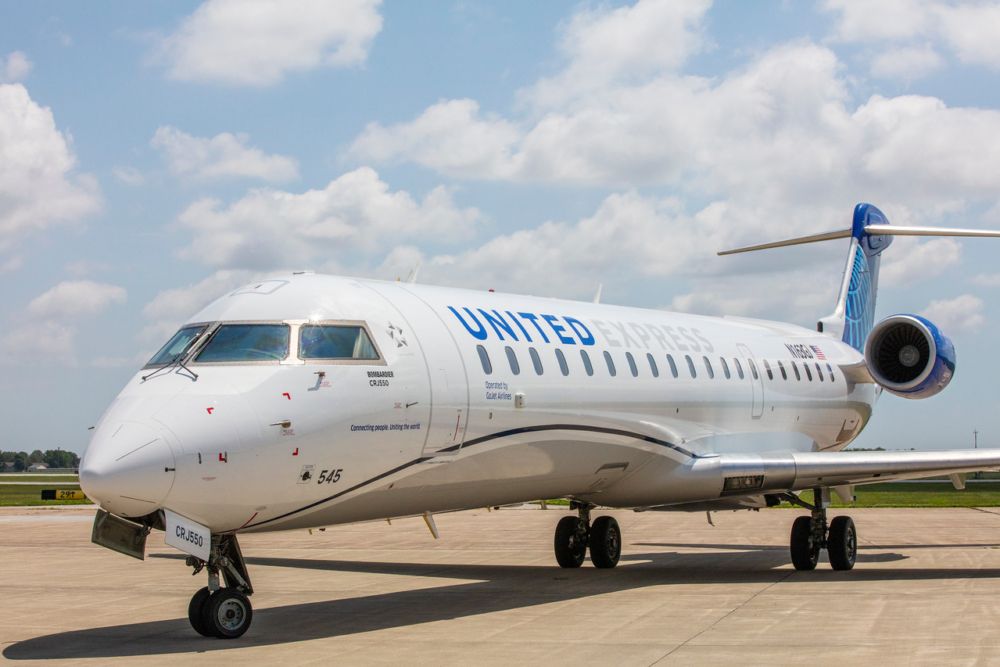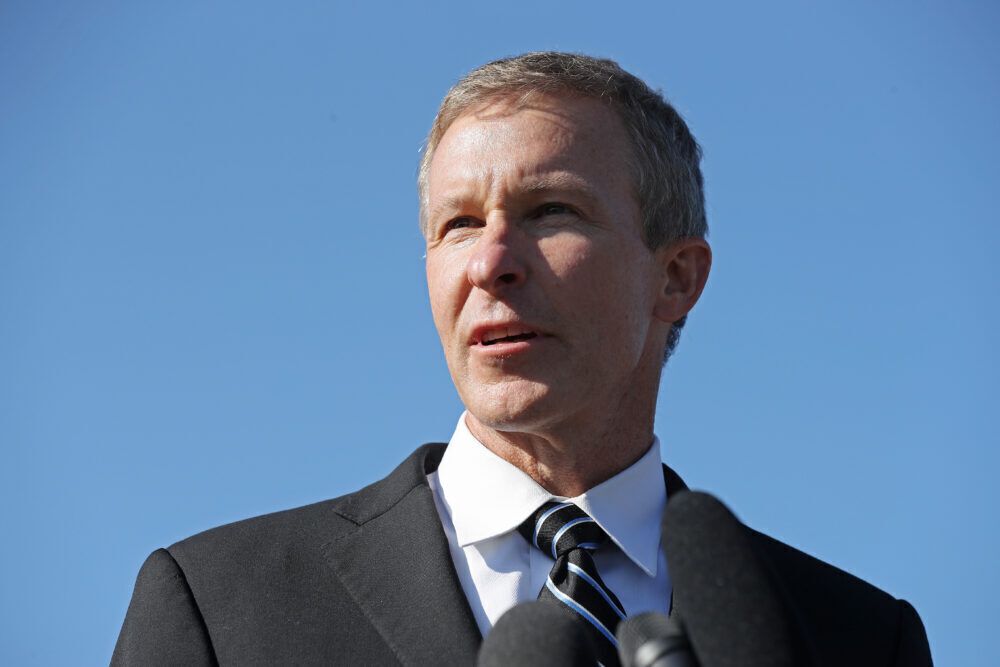United Airlines has spent the last few months shaking up its regional route network and operations. Recently, the airline has started to grow more vocal in explaining that the reason is a shortage of pilots at the regional level, which are not directly employed by United Airlines. Last week, United announced significant cuts at Washington-Dulles, while bulking up Newark. This weekend, United loaded that schedule, and the results indicate that United thinks the shortage will last for a while.
The big changes in Washington D.C.
United Airlines has a large hub at Washington D.C.'s Dulles International Airport (IAD). The primary gateway for long-haul and international travel from the capital of the United States will lose service to the following cities, according to data from Cirium:
- Harrisburg, Pennsylvania (MDT)
- Philadelphia, Pennsylvania (PHL)
- State College, Pennsylvania (SCE)
- Wilkes-Barre/Scranton, Pennsylvania (AVP)
- Erie, Pennsylvania (ERI)
- Ithaca, New York (ITH)
- Greenville/Spartanburg, South Carolina (GSP)
- Asheville, North Carolina (AVL)
- Akron/Canton, Ohio (CAK)
- Greensboro, North Carolina (GSO)
- Wilmington, North Carolina (ILM)
- Bangor, Maine (BGR)
- Grand Rapids, Michigan (GRR)
- Milwaukee, Wisconsin (MKE)
- Sarasota, Florida (SRQ)
Save for Sarasota, all of the cuts were part of United's big announcement last week. Sarasota will operate until the summer when United has cut it, but it expects the route to come back for the busier winter season for travel down to Florida. The rest are out through the end of United's 2022 schedule for sale.
The cuts will have an impact. United Airlines is cutting up to 278 flights per week from its hub at Dulles from March through November, which equates to nearly 40 flights per day that are out of the schedule. In terms of seats, United has pulled about 14,082 seats per month.
While this is a sizable number of airports, most of these communities will still get some air service from United Airlines to nearby airports. For example, near Greensboro is Raleigh, and near Akron/Canton is Cleveland, both of which will continue to see service to Dulles from United.
Stay informed: Sign up for our daily and weekly aviation news digests.
Newark gets a reshuffle
Less than an hour by flight time northeast of IAD is United's primary transatlantic hub at Newark Liberty International Airport (EWR). United is moving some flying here, primarily:
- State College (SCE) with up to two daily flights
- Philadelphia (PHL) with up to three daily flights
- Harrisburg (MDT) with up to two daily flights
- Ithaca (ITH) with up to two daily flights
- Wilkes-Barre/Scranton (AVP) with up to two daily flights
United Airlines has separately cut flights to Halifax (YHZ) through the end of the schedule. United also has pulled down flights to Fayetteville/Bentonville, Arkansas (XNA) from April through early September. Overall, during the summer, Newark nets up to an additional 217 flights per week, which equates to 31 extra daily flights and a net of up to 8,370 seats per week from April to August, using data from Cirium.
The primary aircraft operating these routes will be the CRJ550. This is a special 50-seat regional aircraft equipped with ten first class seats, offering the only domestic first class seats on a 50-seat regional operation from a major US airline. There are 40 economy seats, half of which are extra-legroom economy seats.
Some of the routes already have Newark service
Several cities United Airlines cut from Dulles already have flights from Newark on the schedule. These include:
- Greenville/Spartanburg (GSP) with up to three daily flights primarily on the CRJ550
- Asheville (AVL) with daily flights on the CRJ550
- Greensboro (GSO) with up to four daily flights, primarily on the CRJ550
- Wilmington (ILM) with up to two daily flights on the CRJ550
- Bangor (BGR) with up to two daily flights on the CRJ550
- Grand Rapids (GRR) with up to four daily flights primarily on the CRJ550
- Milwaukee (MKE) with up to five daily flights on the E170
United Airlines did not file any increases to those routes. The remaining cities not served from Newark and cut from Dulles will continue to see service to other hubs from United Airlines, including some on larger mainline aircraft. This is in contrast to cuts United made earlier this fall.
A shortage of regional pilots
United has publicly stated that its regional operations are suffering due to an ongoing pilot shortage. It has had to park nearly 100 regional jets because there are not enough pilots to fly the aircraft.
United does not directly employ regional pilots. As with most other airlines in the US flying regional jets, United has contracts with airlines like SkyWest and Mesa to fly aircraft in the 50-76 seat range to help feed United's operations and serve smaller destinations. However, that does not mean there is nothing United can do to support regional flying.
United Airlines has set up the Aviate Academy, which is designed to help train future pilots and create a pipeline for people to learn how to fly, start their career with a regional airline, and eventually fly with United Airlines. It also has opened other pilot pipelines to help guarantee the large stream of pilots it will need to fly its current fleet and the massive expansion the airline will be undertaking due to the order it placed in June. The Aviate Program is huge for United Airlines' pilot hiring goals.
Becoming an airline pilot is a lengthy process. Generally, the first step is getting a private pilot's license before undergoing further training to receive commercial certification, instrument ratings, and multi-engine ratings. After all this, and only after accumulating a minimum of 1,500 hours of total flight time, are pilots eligible to get a job at a regional airline.
Along with time, this requires a sizable financial investment as well. While there are some programs, United is pushing to get more people to consider a career as a pilot and marketing the profession to more people from younger and diverse backgrounds to drum up interest in becoming a pilot. However, the financial barrier coupled with relatively low entry-level pilot wages can deter many from entering the profession.
Plus, once a pilot gets a job with an airline, many factors influence when and where pilots fly. Typically, airline pilots that have flown for longer with an airline gain seniority benefits that allow them to choose from a larger array of work schedules and trips. In addition, seniority typically does not transfer from one airline to another, meaning pilots generally fly with one airline or airline system throughout their career.
The schedule changes United has enacted appear to be set for at least the next year, if not longer. This implies that United is less confident in filling its stream of airline pilots at the regional level in the near future and is taking a more cautious approach. Of course, the situation could change, and there is no indication that United could not bring back some of these routes and operations if hiring improves. For now, the pilot shortage in the regional system means United is making cuts, and smaller airports are the ones getting hurt.

